OpenAI has generated significant excitement with the unveiling of its latest AI model, Sora, capable of producing minute-long videos from text prompts. While the results are intriguing, many questions remain unanswered. In this article, we address all of them.
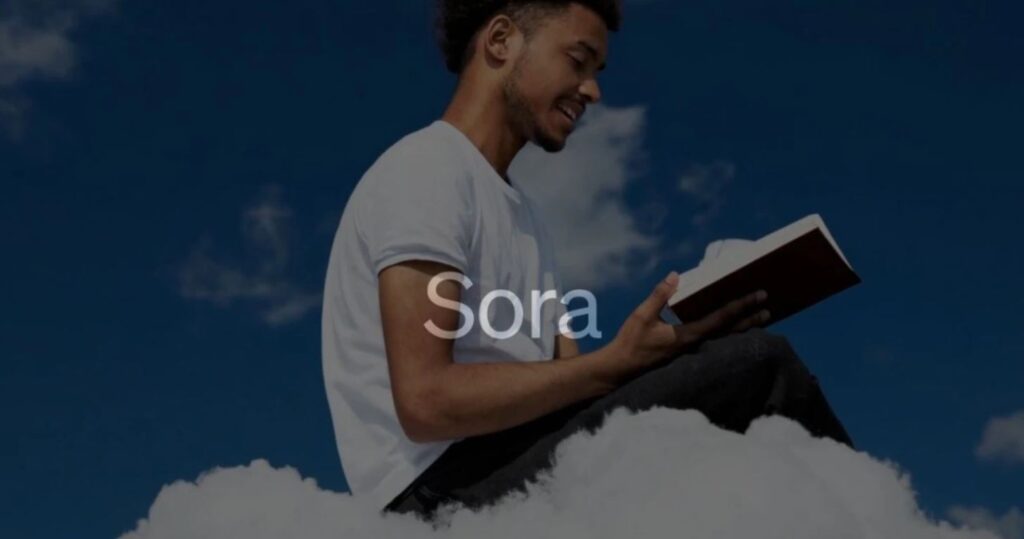
In Short
- OpenAI unveils Sora, a new AI model that creates realistic videos from text prompts.
- Sora builds on DALL·E and GPT models, can animate static images and generate complex scenes.
- Currently, Sora is accessible only to red team members and select artists for feedback.
OpenAI, the company behind ChatGPT, created some big waves on the internet on Friday as it unveiled its new AI model, Sora, which can create minute-long videos from text prompts. But why is Sora creating such a buzz when there are so many other AI tools available that do the same? It is because of how well Sora is able to do it –– or so it seems from the results that have been shared by Open AI Sam Altman and other limited testers of the AI model. So far, the videos generated by Sora that we have been seeing are super-realistic and detailed.
“We’re teaching AI to understand and simulate the physical world in motion, with the goal of training models that help people solve problems that require real-world interaction,” says OpenAI in a Sora blog post.
What is OpenAI Sora?
Sora is an AI model developed by OpenAI –– built on past research in DALL·E and GPT models –– and is capable of generating videos based on text instructions, and can also animate a static image, transforming it into a dynamic video presentation. Sora can create full videos in one go or add more to already created videos to make them longer. It can produce videos up to one minute in duration, ensuring high visual quality and accuracy.
OpenAI says Sora can generate complex scenes with various characters, precise actions, and detailed backgrounds. Not only does the model understand the user’s instructions, but it also interprets how these elements would appear in real-life situations.
“The model has a deep understanding of language, enabling it to accurately interpret prompts and generate compelling characters that express vibrant emotions. Sora can also create multiple shots within a single generated video that accurately persist characters and visual style,” OpenAI said in a blog post.
Also read: Honor X9b review: A mid-range smartphone with ‘super’ display!
Is it available, and how can you use it?
Sora is currently only accessible for red team members –– experts in areas such as misinformation, hateful content, and bias –– to examine critical areas for potential problems or risks. Additionally, OpenAI is granting access to visual artists, designers, and filmmakers to collect feedback on enhancing the model. However, the company definitely has the intention to make the model available to all users eventually. A statement from the blog reads, “We’re sharing our research progress early to start working with and getting feedback from people outside of OpenAI and to give the public a sense of what AI capabilities are on the horizon.”
Is OpenAI Sora safe?
OpenAI has addressed the elephant in the room. If Sora is able to generate videos that are so realistic, is it safe to rollout to the public?
OpenAI says that it plans to implement several important safety measures before integrating Sora into OpenAI’s products. This involves working closely with red teamers, who are experts in fields like misinformation, hateful content, and bias. They will rigorously test the model to uncover potential weaknesses. OpenAI will also create tools to identify misleading content, such as a detection classifier capable of recognising videos created by Sora.
Additionally, OpenAI will adapt existing safety procedures developed for products like DALL·E 3, which are relevant for Sora. For example, their text classifier will screen and reject input requests that violate usage policies, such as those containing extreme violence, sexual content, or hateful imagery. The company has established robust image classifiers to review every frame of generated videos to ensure compliance with usage policies before user access.
OpenAI is also actively collaborating with policymakers, educators, and artists worldwide to address concerns and explore the positive applications of this new technology.
“We’ll be engaging policymakers, educators and artists around the world to understand their concerns and to identify positive use cases for this new technology. Despite extensive research and testing, we cannot predict all of the beneficial ways people will use our technology, nor all the ways people will abuse it. That’s why we believe that learning from real-world use is a critical component of creating and releasing increasingly safe AI systems over time,” OpenAI said in a blog post about Sora.


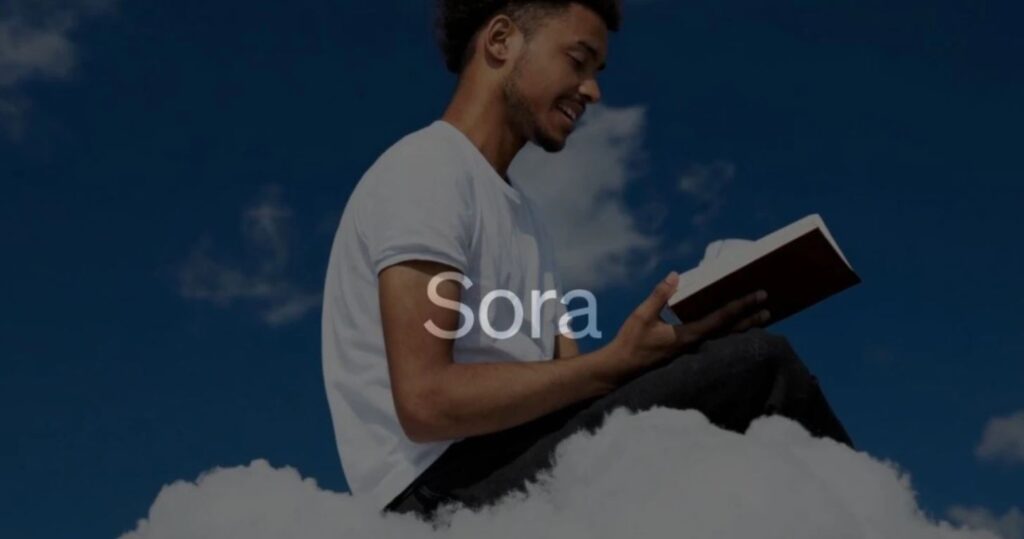

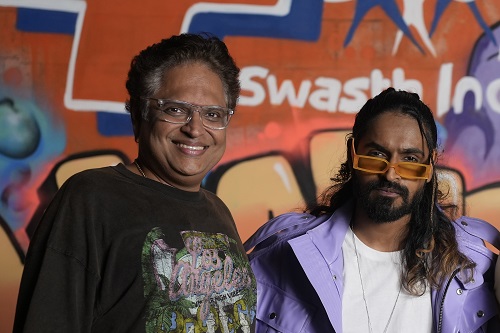


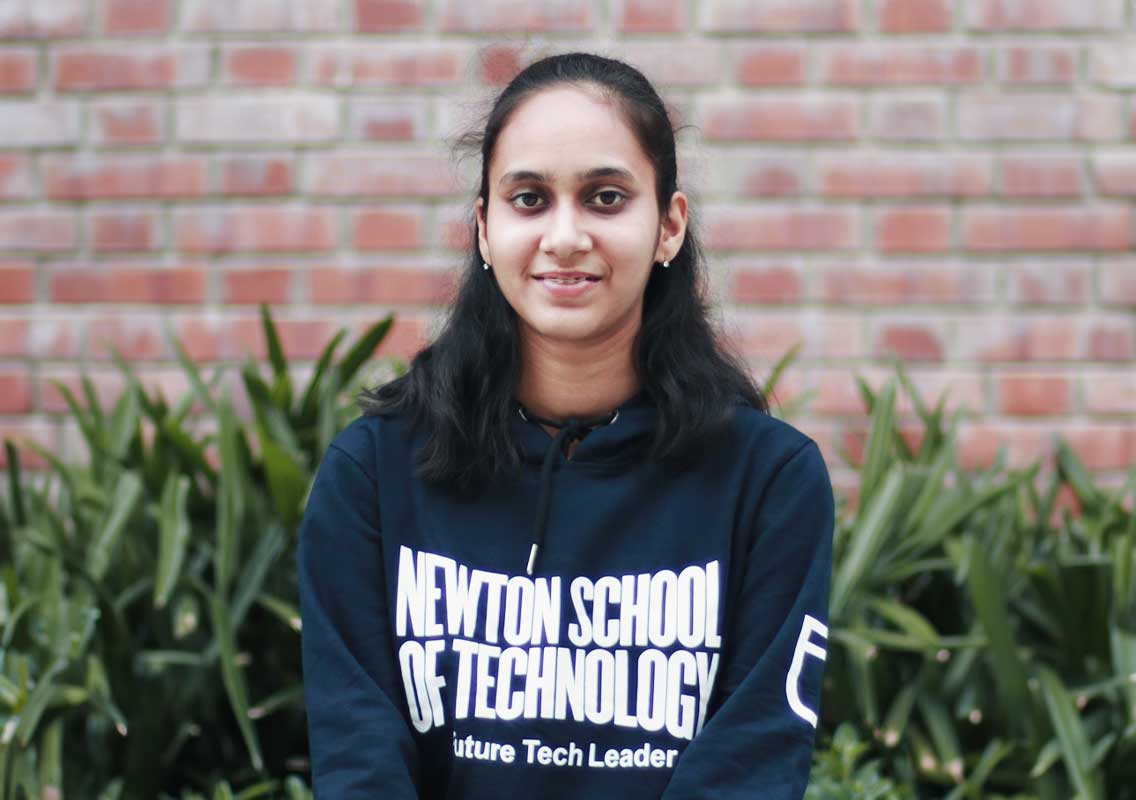


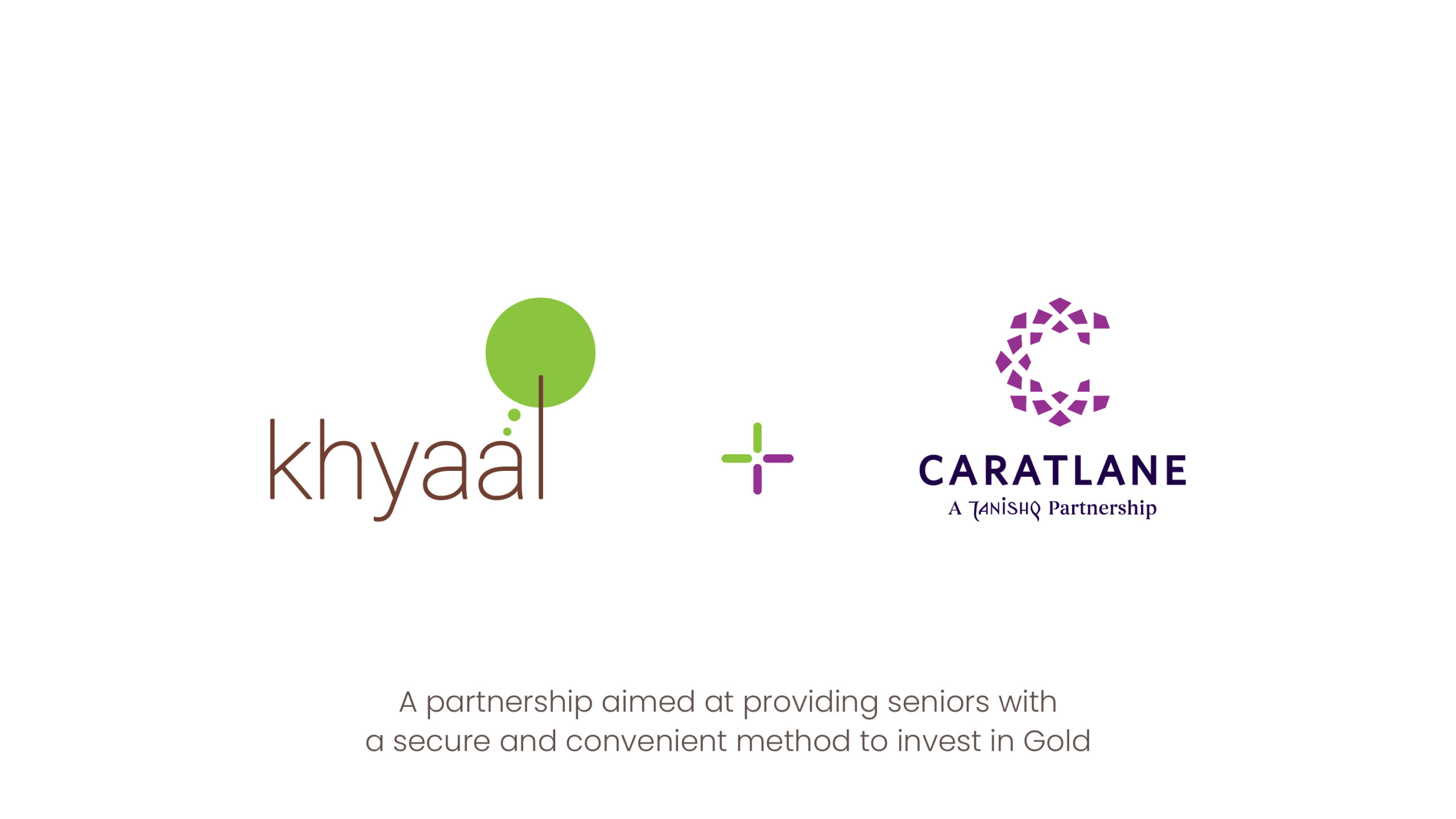



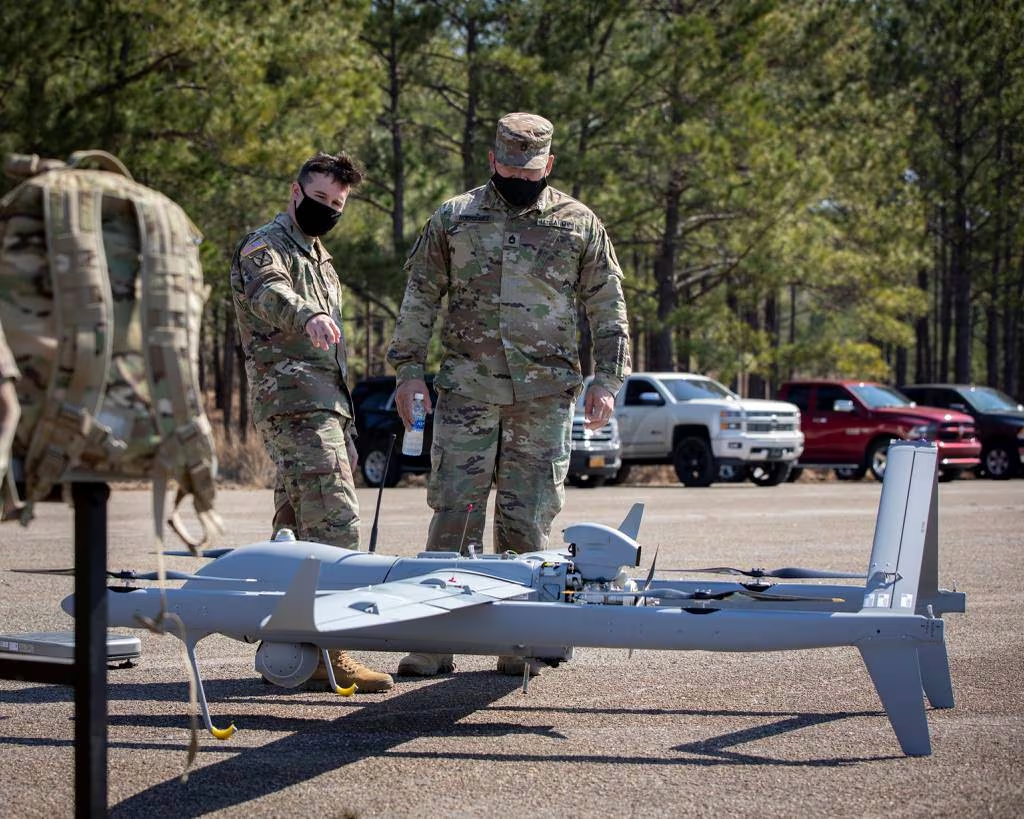
Reader Interactions